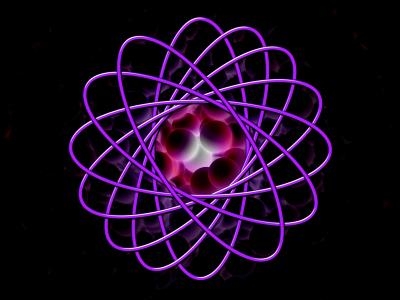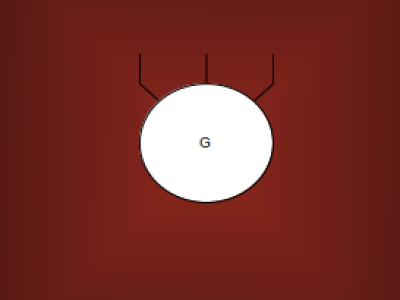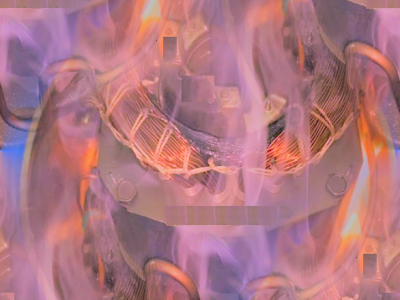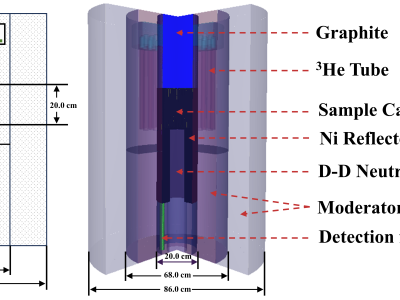
Time-of-flight secondary ion mass spectrometry (ToF-SIMS) has many promising features in studying materials including high spatial resolution and high mass accuracy of elements, molecules, and isotopes. Its ability to resolve isotopes is especially attractive in studying transmutation products of single crystal tungsten (SCW) post neutron irradiation. Tungsten is a contender of plasma facing materials (PFMs) due to its high thermal and radiological stability.
- Categories:




